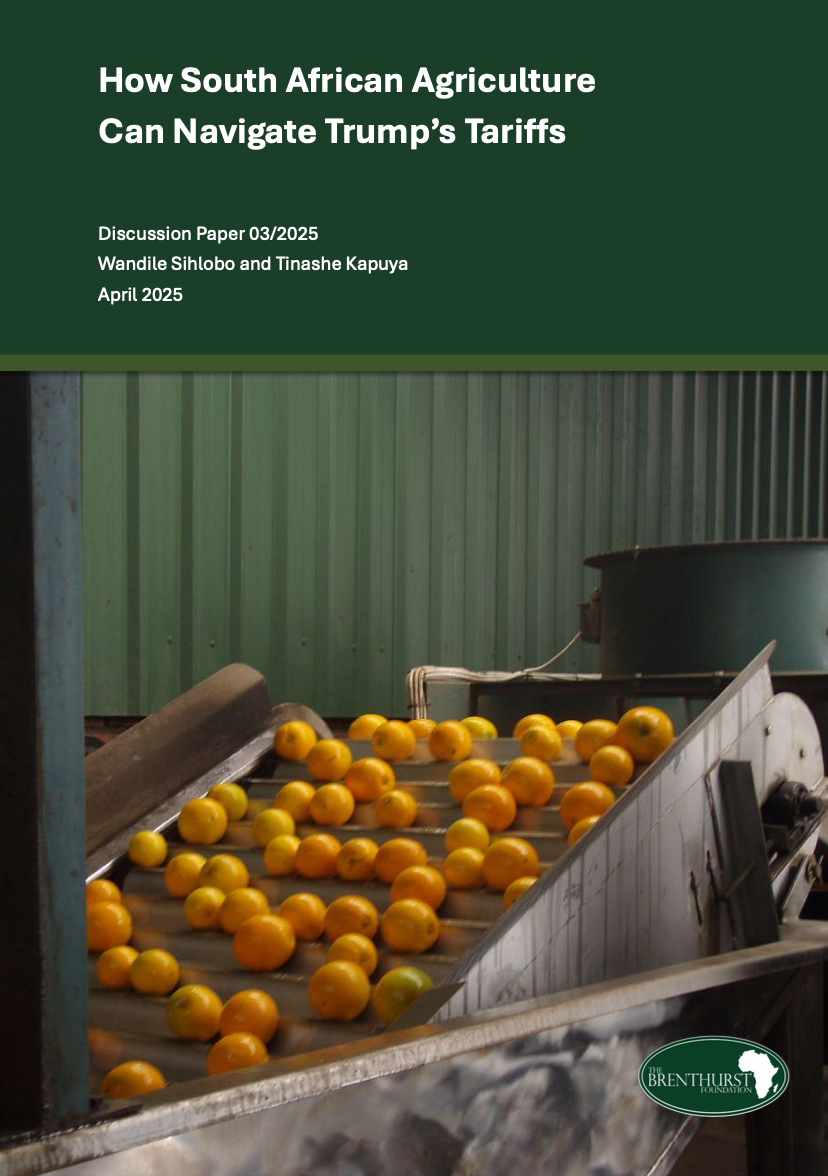Publications
How South African Agriculture Can Navigate Trump’s Tariffs
To the careful observer, export diversification is not a new conversation but a discussion that began well before the anticipated higher tariffs in the US market. The motivation for export expansion was premised on the projected growth of South Africa's agricultural output, particularly in fruits, red meat, wine and grain production, which will require markets that can absorb expanding exports. Strategically, diversifying exports across different markets helps the sector to reduce the risk of over-reliance on a few dominant markets. The question is, how can South Africa ride the wave of global uncertainty in a multipolar world?
In this article, we provide a few thoughts on how South Africa can begin to navigate the Trump tariffs while ensuring that it enhances its prospects for growth through export diversification. The article starts with a background of the structure of South African agricultural exports from an export destination perspective. Section 2 outlines the new US trade policy and how it creates conditions for a rapid response to export market diversification. Sections 3 and 4 outline the short-term and long-term strategic considerations in achieving export market diversification as the agricultural sector's anchor for the country's export-led strategy. Section 5 concludes by presenting a way forward.




